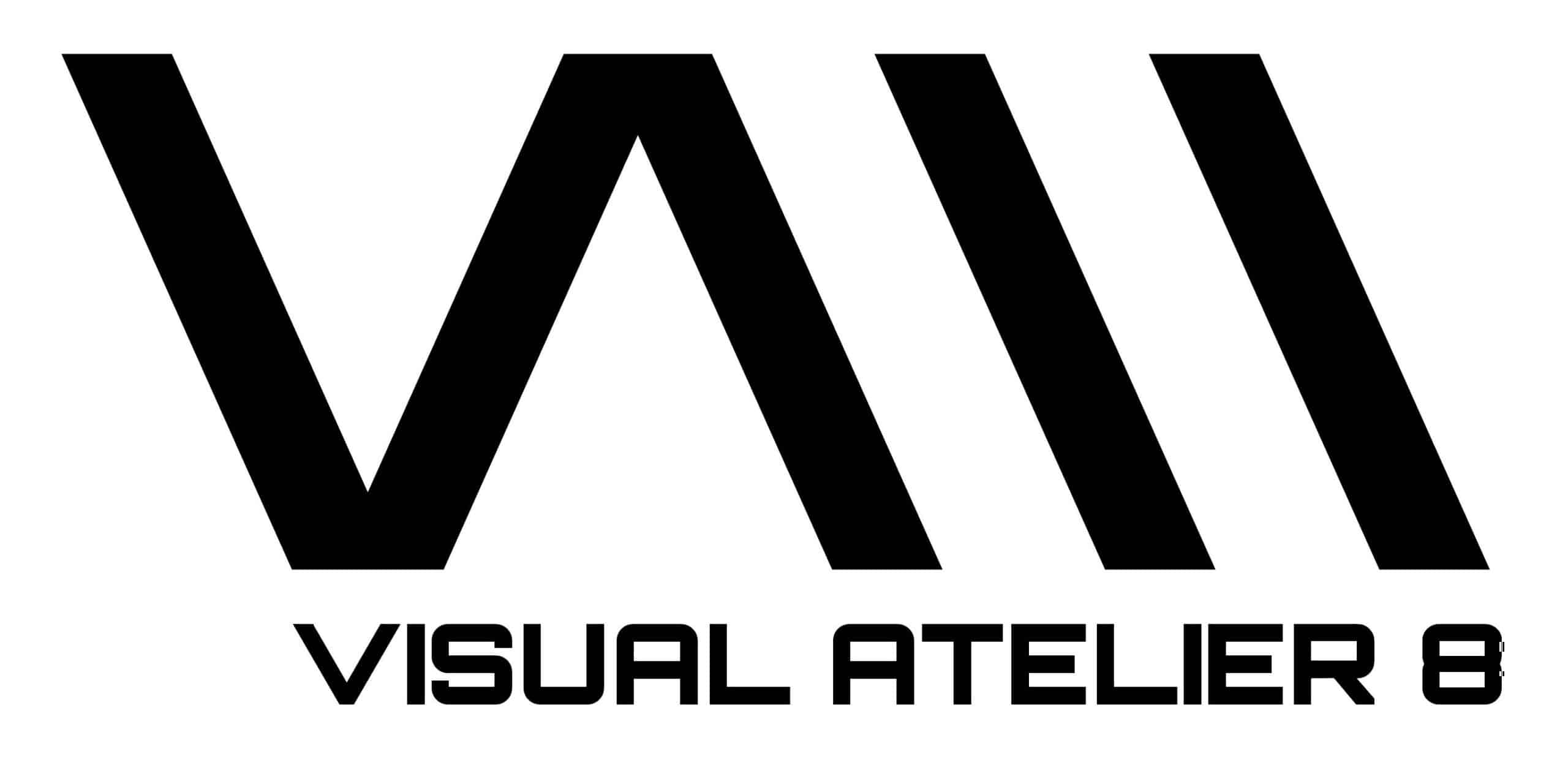
Hello Rob, it is a pleasure to speak with you about your incredible, moving and beautiful work. Something people often miss about artists is that what they produce isn’t only about how they create, but is more importantly about how they grant life to concepts. What exists within your work that most communicates your foundational sentiments?
The core of my work is an expression of both personal and communal experiences. As I travel through the world I’ve learned to see through various lenses; when I assess a situation I consider the outcome for different people involved, the affect on the planet, cultural grounding, etc.
This has enabled me to create art that touches on technique, beauty, and social change. Every image I create tells both a personal and universal story. The inclusion of different bodies, the symmetry I create with line work, and the landscapes I venture into express narratives that intertwine humans with nature and create the foundation for a discussion around how we can live harmoniously with the environments that surround us.
The theme of weightlessness plays a central role in not few of your images; and weightlessness is tied to ideas of transcendence, overcoming and freedom, but can also signify a hope that may not always arrive. Please, if you could, discuss the importance of this theme, and how the sensation of levitating has grown to become a meaningful symbol in your life.
Being adopted inspired hope for change from the beginning of my life. Growing up in a conservative environment predisposed me to the notion of seeking freedom. Being queer teaches me the power of transcendence and learning to accept traits that are different or less accepted within society. I believe every person faces their own challenges associated with love, success, identity; everybody deserves to love themself and feel included in their community.
Taking bold moves in life has felt equivalent to skydiving, in a metaphorical sense I’ve made a lot of giant leaps throughout my journey, both personally and professionally. I’ve found that taking risks and having faith in my community and myself has led to the most freeing lifestyle and experiences. This translates into my art with the hope of encouraging others to do the same.


Many photographers necessarily use the human body as their key communicative tool, and the body’s uncontestable beauty and shape lends it to be used in manifold ways. What is it about collectivity or the unity of these bodies though that you find enchanting? Groups can symbolize family and positive interconnectivity but also conflict and division. How do your images touch on (as a subtext) the unkind sides of these collectives?
I find the connection between larger groups of human bodies enchanting because I have experienced the magic of that interconnectivity in my real life. I’ve seen my community rally and protest to change laws; I’ve seen friends fight for environmental change and get massive bodies of land protected; I find the power of the collective captivating and integral to the success of us all.
Unfortunately, there have always been and likely always will be the inverse forms of collective thought- those that seek to oppress and cause pain. My work serves as a testament to the positive side of that coin and occasionally touches on the darkness I hope to always push back against within this lifetime.
Ethnic diversity is also very strong in your photographs and is communicated in a way where color is not a focus but a simple aesthetic function. Why do you think people today still place such a resilient focus on skin color, when as you show, all shades contain equitable beauty?
It is very clear that every corner of our society was built to further white privilege. Until that changes, skin color is an important conversation. We have to identify, acknowledge, and rectify the damage that these systems of oppression have perpetuated for hundreds of years. People still focus on skin color because we must until true equality is reached.
I aim to prioritize BIPOC and queer identities and voices in my work in an effort to contribute to that balance. Everybody deserves to be celebrated for their natural beauty. I can’t do it alone, no one can, this is a collective effort that will require everyone to be involved. It falls on white folk to make the majority of the change because we have benefitted most from this system since its inception.


Your work has been featured across the world, but more specifically in numerous magazines of differing genres. What does this wide and varied reception tell you about the universal language and power of art? Do you think art should necessarily be used as a tool for inspiring change? If yes, can this ever be misused?
Art can play various roles; it can be used to inspire, tell stories, and to document. Some of the most powerful art provokes thought and change. When I’m able to stop someone in their tracks and evoke a conversation, that feels like a job well done. Life is ultimately a series of conversations that lead to actions, and thus, the power of art can certainly be used as an agent of change for both good and harmful causes.
Take the swastika for example; it is an artful symbol originally created to represent divinity and spirituality; however, it was twisted to represent something horrifying during the Nazi regime. For me, it’s important when using art to make a statement to do the research, speak to others involved, consider the audience, and to stand by my statements to truly effect positive change.
What role does giving life or expression to the dream, or imaginary, do for us as beings confined to a shared singular reality? Would you agree that the wonderfulness of dreams grant us hope and therefore permit us to transcend things that would otherwise seem too difficult to conquer without them? If so, why?
I absolutely believe that validating our dreams enables us to tap into other realities and dimensions and to overcome difficulties. We don’t live in a singular reality, I’ve often noticed that I see the world much differently than the majority of people around me. I could be living in the same home as another person and yet we experience two completely different realities. I believe we are all born with unique traits that enable us to see various aspects of the world that are unique to us; when we combine these perspectives we get a fuller picture of the world as a whole.
Giving life to our dreams allows us to exercise these unique traits and to realize the full potential and magic of this planet. Imagine a world where every person pursued their passions; we’d have better learning environments, beautiful infrastructures that work with the environment instead of against it, and equality would seem more achievable. Mental health and homelessness wouldn’t be an issue and people would be happier. The system as it is does not encourage this; we’re all expected to perform for the elite and powerful. Young generations are waking up to this and I believe it will change.


Your biography speaks of depth and care for others, and not all of your work is of a Rubens’ type triumphalism. In your more personal and cause related photos there exists raw emotion, does the same also enter into your dancer intensive productions?
My dance work was incepted from the concept of uniting to bring down political corruption; it continued to inspire a theme of working together as a community to effect change. The beauty of those compositions and power of the bodies represent the day that we succeed in destroying racism, homophobia, fat phobia, classism, sexism and all the other harmful “isms” and “phobias”.
I think many of us in this modern era see it quite plainly: every person deserves a seat at the table and to feel like they belong in this society. The effects of our reality are emotional to behold, and therefor I would say the rawness and emotion finds its way into all of my work, even if it comes in the form of a response from viewers. I’m honestly quite thankful for social media giving me a platform to engage with people; I love reading responses to my work, especially the dance series. The messages transcend in so many ways and reveal the true power of the art.
What, if anything, has success revealed to you about the world that you didn’t fully understand until it was more fully reached?
I suppose “success” as viewed from others, has revealed just how tender and important life is. It shouldn’t be wasted or taken for granted, and I aim to appreciate every moment, as often as I can, with people I love. Seeing the way my art speaks to people has shown me my own strength and power, and inspires me to listen to others and hear what they have to say in return. If I could say anything to my younger self, it’d be to worry less about reaching the top and to instead appreciate every moment of the journey that takes me there. That has become my mindset and I’ve been experiencing more abundance ever since.

All images courtesy of Rob Woodcox, shared with permission

